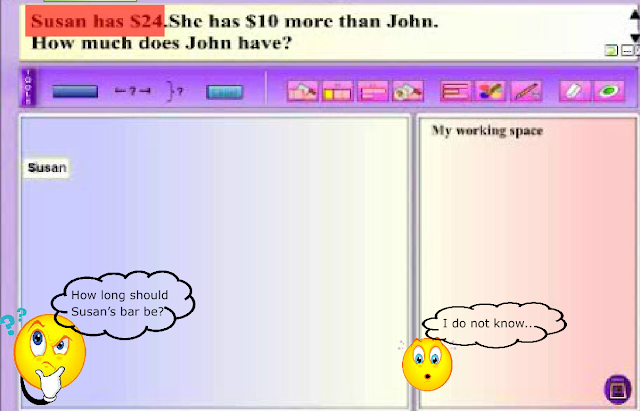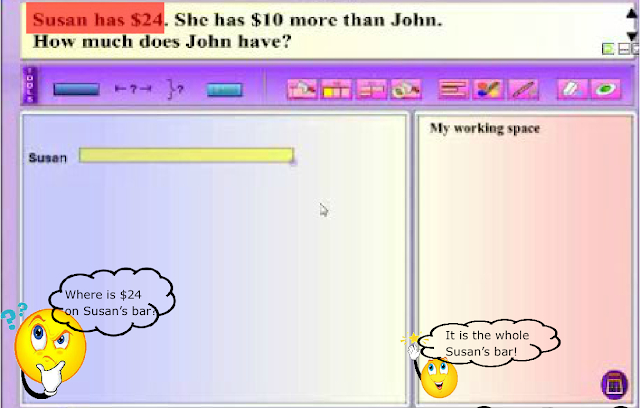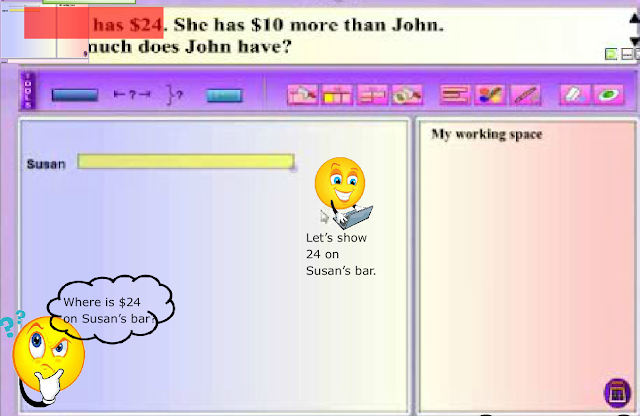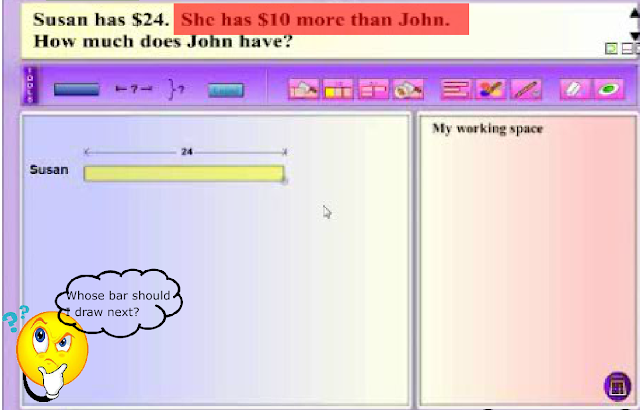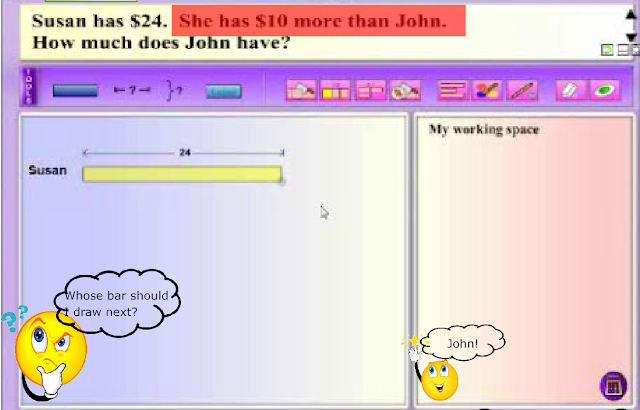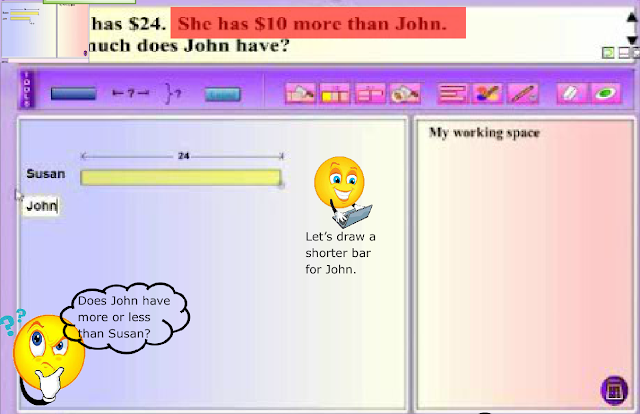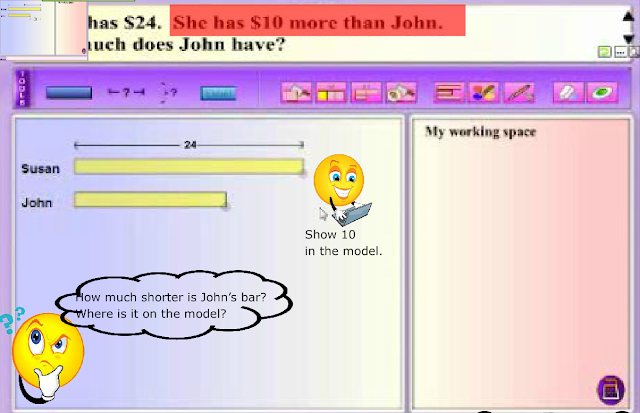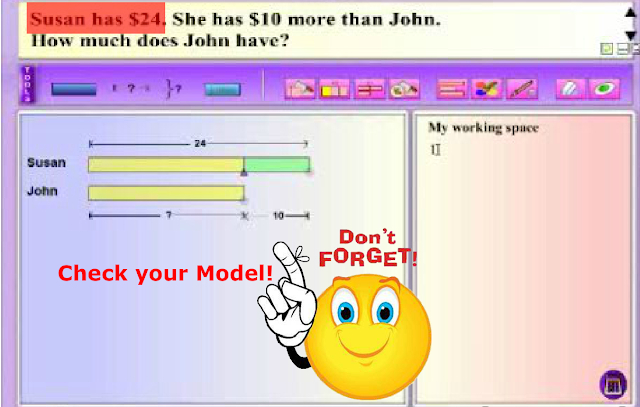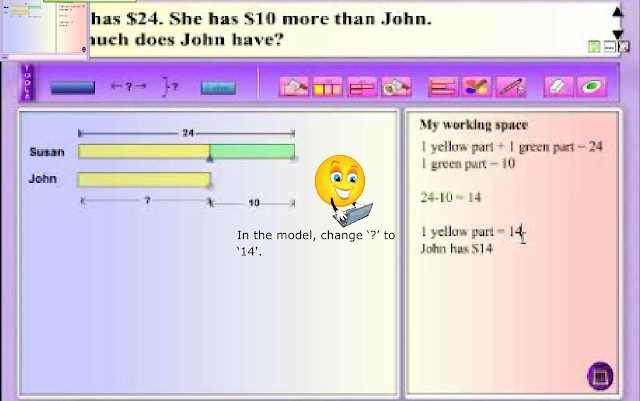http://iwant2study.org/lookangejss/math/flash/Primary%20Level/MaPS_TL/MaPS_TL/ directory of resources
https://iwant2study.org/lookangejss/math/flash/Primary%20Level/MaPS_TL/MaPS_TL/MaPS_TL.html for Fullscreen interactive and agree to enable Flash
mirror https://weelookang.blogspot.com/2019/01/mathematics-playspace-by-thong-ch.html
Briefing Document: Mathematics PlaySpace and Open Educational Resources in Physics
1. Overview:
This document reviews resources from the "Open Educational Resources / Open Source Physics @ Singapore" website, with a specific focus on the "Mathematics PlaySpace (MaPS)" tool by Thong CH, and the broader context of open educational resources (OER) in physics and mathematics. The content emphasizes the use of interactive simulations, modeling, and visual tools for effective learning.
2. Key Themes:
- Interactive Learning: The core theme is the use of interactive simulations and visual models to enhance learning, particularly in mathematics and physics. These tools aim to make abstract concepts more tangible and understandable for students.
- Open Educational Resources (OER): The site promotes the use and creation of open-source educational resources, making these materials freely available to educators and learners.
- Visualisation and Modeling: Emphasis is placed on the importance of visual representation and dynamic modeling to help students grasp complex ideas, particularly in problem-solving.
- Explicit Instruction: The site also incorporates the need for systematic and explicit instruction, to ensure the software is used as a tool to enhance understanding and not an end to itself.
3. Mathematics PlaySpace (MaPS) by Thong CH:
- Purpose: MaPS is designed to help primary school students solve word problems by making the connections between knowns and unknowns.
- Methodology: It uses a combination of explicit instruction, questioning, and visual representation.
- Key Features:
- Dynamic Visuals: MaPS provides interactive, dynamic visuals that support students in seeing the relationship between problem elements.
- Modeling Thinking Aloud: This method combines explicit instruction and questioning, with dynamic visuals to support understanding.
- Step-by-Step Approach: The recommended approach for using MaPS includes: reading the problem, visualizing, checking with visuals, solving for the unknown, and substituting values back to check understanding.
- Comparison Model: One specific model highlighted is the "Comparison Model" for solving comparison-based word problems.
- Technology: MaPS utilizes Flash and requires specific software like Adobe Flashplayer.
- Quote: "MaPS, with its dynamic visuals and interactive capability, is effective in providing the visual support for students to make the connection between knowns and unknowns in a word problem."
4. Broader OER in Physics:
- Diverse Resources: The site hosts a vast array of physics simulations, models, and interactive tools, covering topics from kinematics and dynamics to electromagnetism and quantum physics.
- Software: These resources utilize technologies like Java/JavaScript, HTML5, and WebGL, often employing the Easy JavaScript Simulations (EJS) framework.
- Tracker: The website features numerous resources using "Tracker" software to analyse videos to create models of physics concepts, suggesting a focus on active and experimental learning.
- Examples: Some of the specific resources mentioned include:
- "Tracker Free Body Diagram Cart rolling down a Gentle Slope"
- "Faraday Law JavaScript HTML5 Applet Simulation Model"
- "Projectile Motion Energy Model"
- "Brownian Motion Gas Model Secondary"
- "Vertical Circular Loop Model"
- "7.1.3 Gravity Model Example JavaScript HTML5 Applet Simulation Model"
- Teacher Support: The website also highlights workshops and talks for teachers on using these resources.
- Pedagogical Approach: The resources appear designed to promote inquiry-based learning, with an emphasis on modelling and experimentation.
- Modelling-Inquiry: The text mentions a project labelled, "Modelling-Inquiry Enabled Interactive Textbook" which suggests these resources were designed for both instruction and inquisition of concepts.
5. Software Requirements & Technical Details:
- Flash: Many of the interactive resources require Adobe Flash Player.
- Java Runtime Environment (JRE): Java is used for many simulations, particularly EJS.
- Browser Compatibility: Internet Explorer (v8 or higher) is recommended, but it's implied that other browsers may work, though specific compatibility may be inconsistent.
- Open Source Licensing: The resources are licensed under a Creative Commons Attribution-Share Alike 4.0 Singapore License, promoting sharing and adaptation.
6. Other Key Points
- Collaboration: The site acknowledges the contribution of several individuals and organizations, including researchers like Francisco Esquembre and Wolfgang Christian, showcasing a collaborative approach to developing OER.
- Awards and Recognition: The site highlights awards received for its innovative approaches, such as the UNESCO King Hamad Bin Isa Al-Khalifa Prize and the Public Service 21 ExCEL Awards.
- Accessibility: The website features translations, making these resources accessible to a wider audience.
7. Conclusion:
This website is a valuable repository of open educational resources in mathematics and physics. It emphasizes the use of interactive simulations and visual models to enhance learning. The Mathematics PlaySpace tool offers an exemplary case of combining systematic instruction with dynamic visuals for problem-solving in mathematics. The resources are not just about providing tools, but also about fostering a deeper understanding of the core concepts through modeling, exploration and inquiry based learning. The focus on open-source principles ensures that these valuable resources are widely accessible and can be adapted for various educational contexts.
This document provides a comprehensive overview of the key information contained in the provided source.
For Teachers
https://sites.google.com/site/mathematicsplayspace/
A combination of systematic and explicit instruction, posing questions and the use of visual representation is effective to help students learn to solve word problems.
Modeling thinking aloud combines elements of both systematic and explicit instruction, and posing questions. MaPS, with its dynamic visuals and interactive capability, is effective in providing the visual support for students to make the connection between knowns and unknowns in a word problem.
Software Requirements
Flash for the web lite version.- D:\ drive
- Internet browser, preferably Internet Explorer (v8) or higher
- Java Runtime Environment (JRE) or Java plugin (in short)
- Adobe Flashplayer (v10.1) or higher
- PDFCreator (optional freeware)
Comparison
http://iwant2study.org/lookangejss/math/flash/Primary%20Level/MaPS_TL/MaPS_TL/ directory of resources
https://iwant2study.org/lookangejss/math/flash/Primary%20Level/MaPS_TL/MaPS_TL/MaPS_TL.html for Fullscreen interactive and agree to enable Flash
|
Step 1: Read the word problem |
|
Step 2 Visual it |
|
Step 3: Check word problem with Visuals |
|
Step 4: Solve for ? |
|
Step 5: Substitute the values back into the visuals to check if it makes sense |
Credits
Thong CH
Other Resources
- www.ace-learning.com/model-
thinking-blocks-drawing-tool- as shared by Charlesfree-version - https://www.mathplayground.com/thinking_blocks_modeling_tool/index.html
FAQ
- What is the Mathematics PlaySpace (MaPS) and what is its primary purpose?
- MaPS, created by Thong CH, is a collection of interactive, visual resources designed primarily for primary school mathematics education. Its main purpose is to help students effectively learn and solve word problems by making connections between knowns and unknowns using dynamic visuals and interactive tools. The resource is intended to supplement instruction.
- How does MaPS help students solve word problems?
- MaPS uses a combination of systematic and explicit instruction, question posing, and visual representation. It models "thinking aloud" which combines elements of both systematic instruction and question asking. MaPS provides visual support, enabling students to make connections between given information and what they need to find out in the word problems. The interactive nature of MaPS allows students to manipulate the visual aids, leading to a better understanding of the problem. The recommended approach is five steps: Read, Visualize, Check with visuals, solve, and substitute to check.
- What are the key software requirements to run MaPS?
- To use the full functionality of MaPS, you need a computer running Windows XP SP3 or later. The required software includes an Internet browser (preferably Internet Explorer v8 or higher), Java Runtime Environment (JRE) or Java plugin, and Adobe Flashplayer (v10.1 or higher). PDFCreator is also optional for creating and saving documents. The resources appear to utilize Adobe Flash, which requires a user to agree to enable it when used in a browser.
- What is the "comparison model" mentioned in the context of MaPS?
- The "comparison model" refers to a specific strategy used in MaPS for solving word problems that involve comparing quantities. The recommended approach is as follows: First, read the word problem. Second, visualize the problem using visual models. Third, check if the visuals match the word problem. Fourth, solve for the unknown. Finally, substitute the answer back into the visuals to ensure the answer makes sense.
- Besides MaPS, what other related resources are available for math education and model-based learning?
- The resource mentions a few additional tools including the "Thinking Blocks" drawing tool by ACE Learning and a similar tool on Math Playground. It also contains a huge list of other resources mostly focused on physics simulations, but also includes some interactive tools for primary math. These range from basic math concepts to complex physics phenomena. They utilize tools such as Tracker and Easy Java/JavaScript Simulations (EJS/EJSS).
- Who is the creator of MaPS and who are some of the collaborators and contributors of related resources?
- MaPS was created by Thong CH. Other contributors mentioned in the source include Charles (ACE Learning resource), Seng Kwang Tan (Faraday Law applet), Leong Tze Kwang (Tracker models), Grace Leong (Titration generator), Fu-Kwun Hwang (Dice Throw model, other work with EJS), Wolfgang Christian and Francisco Esquembre (EJS/EJSS tools, various simulations) and various others involved in simulation creation, workshops, and events.
- What types of interactive simulations beyond math can be found in this collection?
- Beyond mathematics, the collection offers a wide range of interactive simulations primarily focused on physics. These include mechanics (e.g., projectile motion, collisions, pendulums), electromagnetism (e.g., motors, generators), thermodynamics, optics, and wave phenomena. There are also tools for video analysis with Tracker, and simulations that relate to chemistry concepts such as titration and electrolysis. Many of these simulations are built using Easy JavaScript/Java Simulations (EJS/EJSS).
- What is the general license for these resources and how might one use the material commercially?
- The content in this collection is licensed under the Creative Commons Attribution-Share Alike 4.0 Singapore License. This generally means you can share and adapt the resources, so long as you give appropriate credit and share any adaptations under a similar license. However, commercial use of the EasyJavaScriptSimulations library requires obtaining a separate license and contacting fem@um.es directly.






